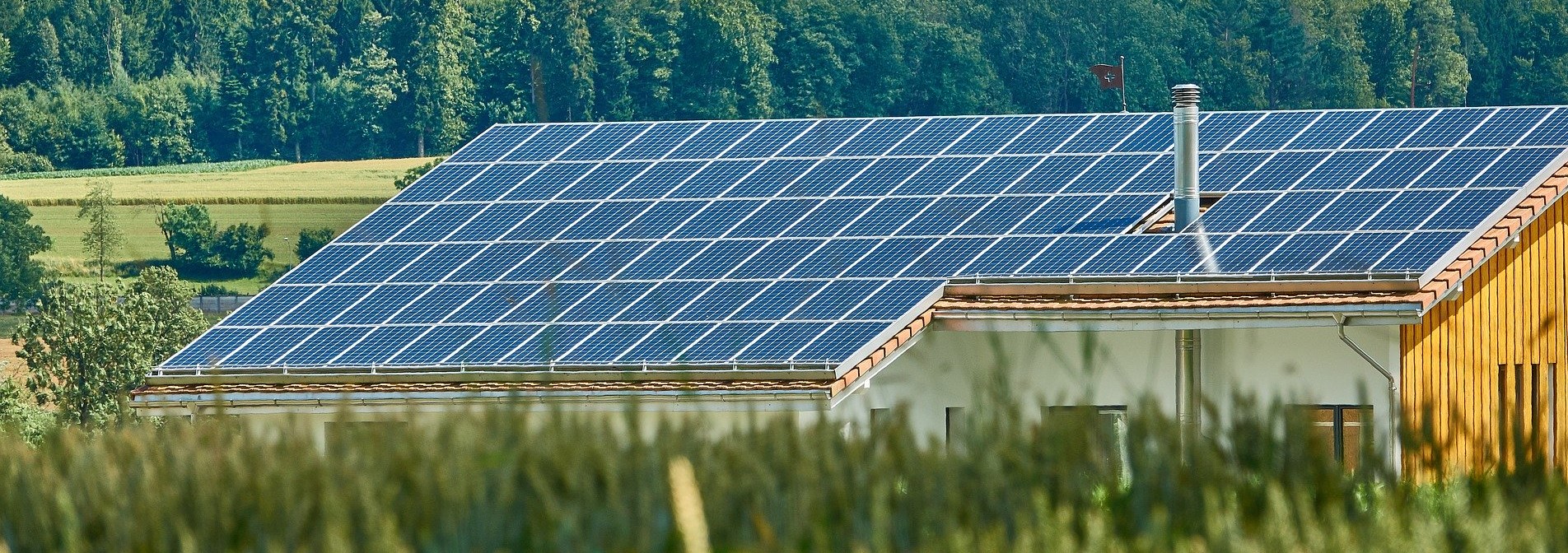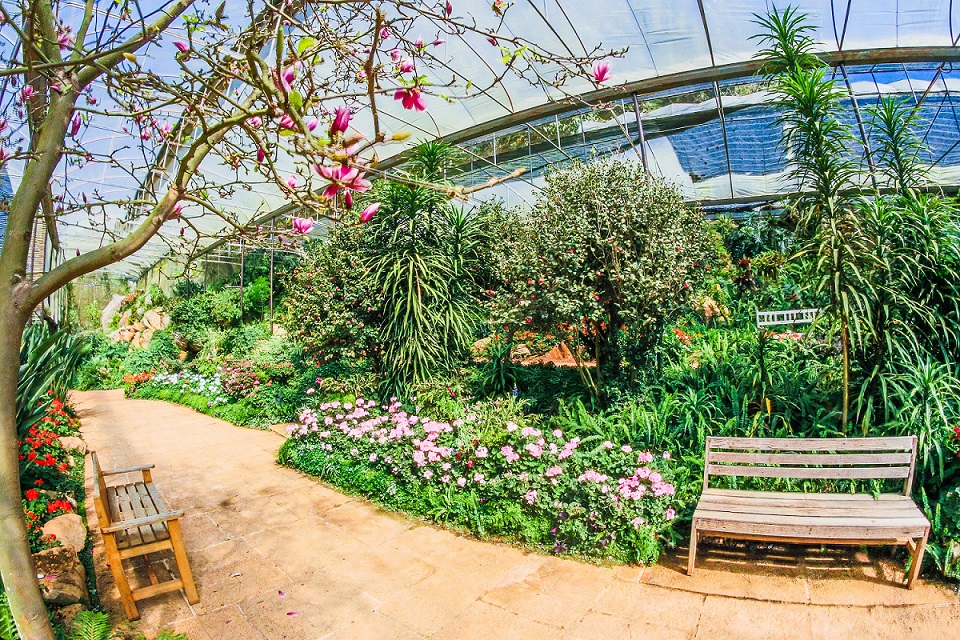
As humans, we are responsible for the earth we call home. You’ve no doubt heard about the issue of global warming, caused by increased atmospheric carbon dioxide. It has triggered a pattern of climate change that NASA explains is pretty clearly the result of human activity—so it’s going to take human activity to stop it.
“But I’m just one person.”
As with most large-scale efforts, every individual has a part to play in reversing the damage we’ve caused to our planet. And, considering even the most energy-conscious person in the United States emits more than twice the amount of carbon as people in other countries, every single action you take to reduce your environmental impact matters. Here’s the good news: You don’t have to change your entire lifestyle to lessen the damage you cause to the environment!
Small changes add up
There are many major home improvements—such as adding solar panels or a geothermal heat pump—that can slash your energy consumption. But these are expensive and impractical for most existing homes. If you’re like the vast majority of Americans, you’ll need to start small with upgrades that don’t require a complete overhaul of your home. As HomeAdvisor explains, proper insulation is one of the best ways to reduce heat transfer. Insulation comes in rolls or can be blown into an attic to keep your home’s temperature stable. Other minor energy-saving remodels include swapping your old appliances and electronics for Energy Star-certified versions and using recycled materials when possible.
There are also improvements you can make to your landscape that will have a positive impact on the environment. Planting native trees, flowers, and shrubbery is an excellent way to provide a habitat and food source for local wildlife. Further, adding trees to your landscape can help reduce CO2 levels and counter the effects of global warming. And Canopy.org asserts that a single tree delivers the same cooling power as 10 residential air-conditioning units operating almost around-the-clock.

A community effort
If you’re more of a team player, there are plenty of ways to take your cause and make it a community interest. Ideas include starting a community garden and launching a carpool. Not only does a community garden have a cleaning effect on the environment, it also provides members of your neighborhood the opportunity to enjoy fresh produce. This is important, as many seniors and low-income people don’t have regular access to healthy fruits and vegetables. If you live in the city, you can still create opportunities to grow food and plant trees—which has the added upside of providing an education on environmental topics to city dwellers (many of whom may have never seen a farm). Children especially benefit from knowing where their food comes from and how it’s grown. If a garden is out of the question, shop at your local farmers market and encourage others to do the same. Sourcing food locally cuts down on water consumption and vehicle emissions, since it isn’t traveling hundreds of miles to your table.
Carpooling is another means of having a positive impact, by reducing the number of personal vehicles on the road. You can start your own carpool by simply reaching out to people in your neighborhood or in the office where you work.
There is no wrong way to save the environment. Every change you make is a change for the better. Don’t ever feel that one person can’t make a difference because you can. Whether you choose to plant a single tree or crusade for Mother Earth, your actions truly do matter.
Banner image courtesy of Roy Buri, Pixabay. Thumbnail/article image courtesy of Pexels.



